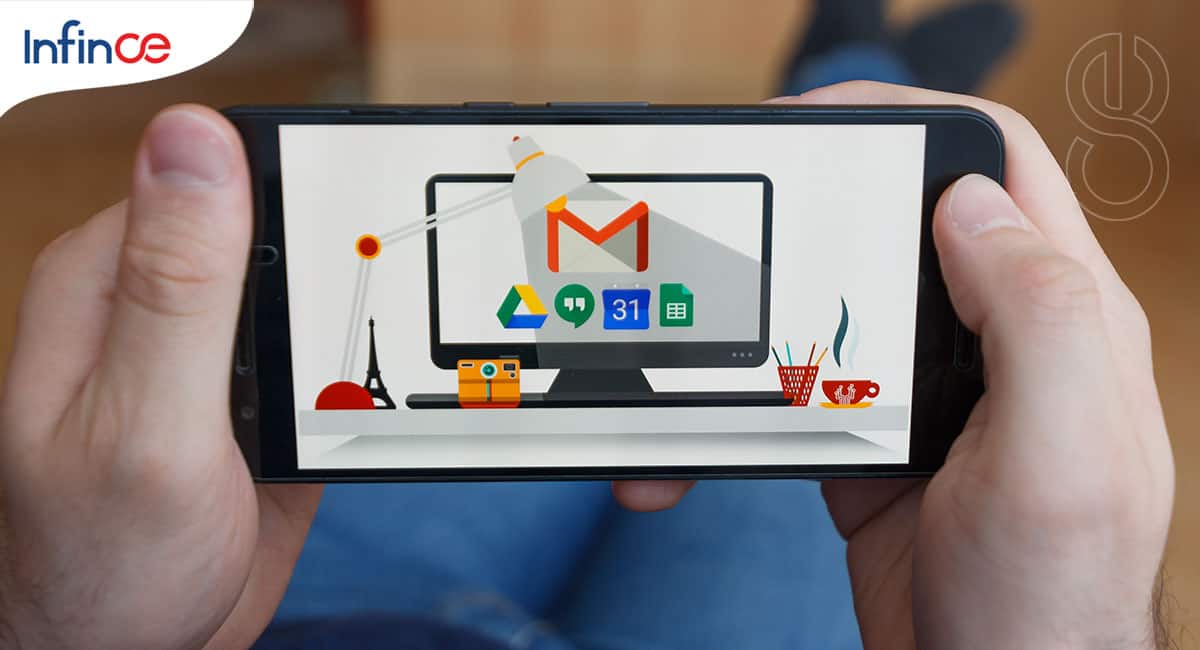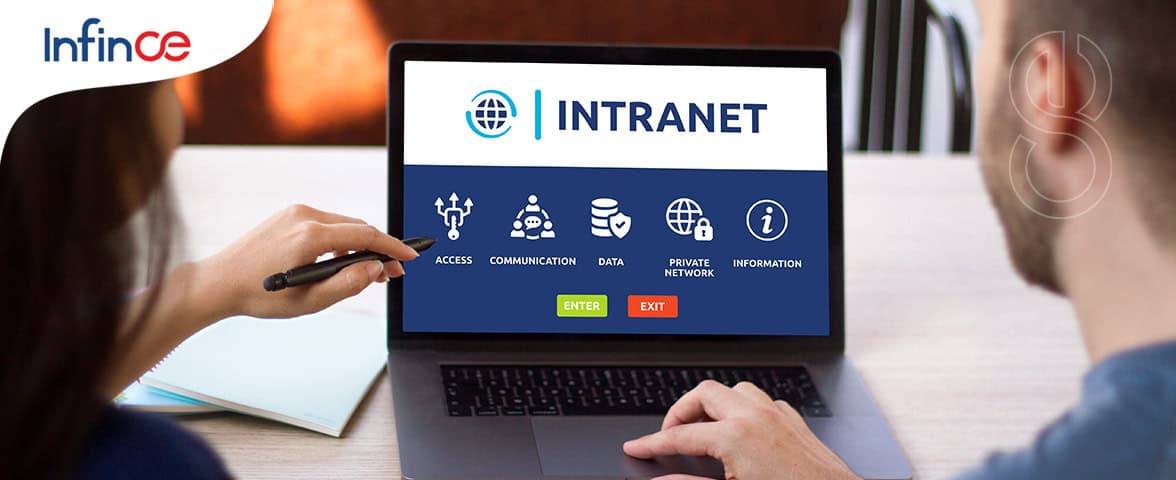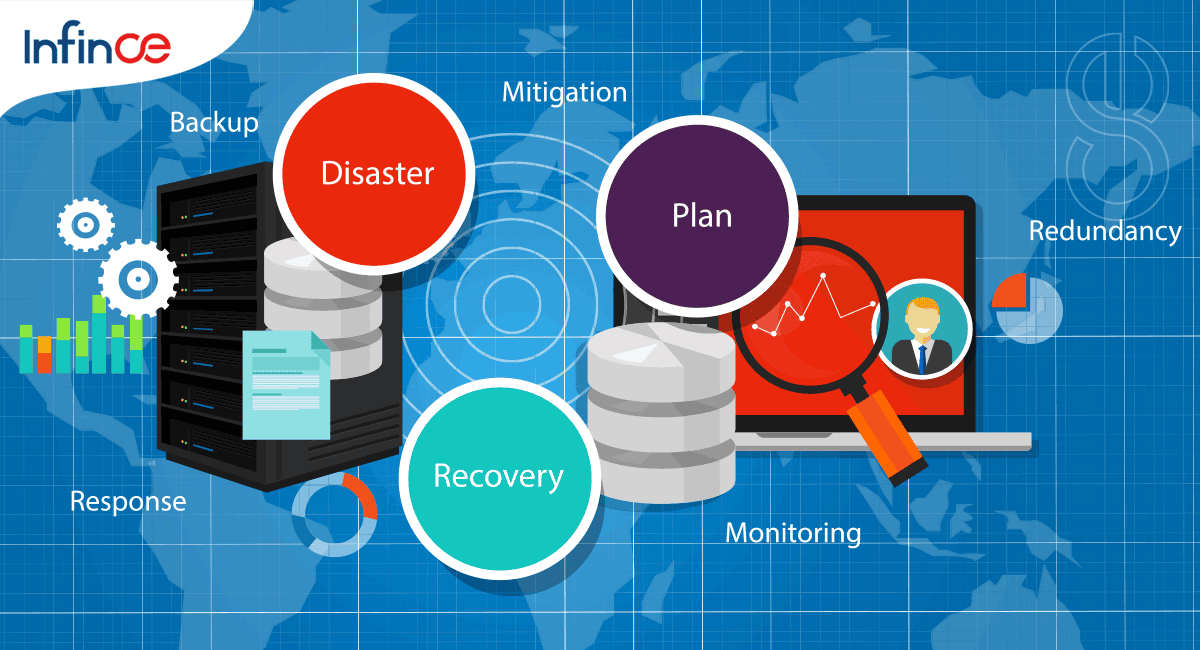Modern workplaces are evolving beyond the traditional, 9 to 5 desk-bound culture. Legacy internal communication tools are giving way to dynamic, mobile-first intranets. For companies managing a dispersed workforce, mobile intranet software is a lifesaver.
What is a Mobile Intranet?
A mobile intranet is a mobile-enabled internal communications tool. Mobile intranet software helps connect, inform, align, and engage dispersed employees, anytime.
Today, many companies are switching to remote and hybrid working. Along with in-office staff, organizations also need to manage frontline workers and field teams. With a mobile intranet, companies can keep everyone in their workforce on the same page.
Why Does Your Company Need a Mobile Intranet?
Here are seven reasons why your business needs mobile intranet software.
1. Connect Deskless Employees
Early-stage intranets connected desk-bound employees and knowledge workers with their immediate team. Today, many people work far from the physical confines of a workstation. Some may be traveling to meet customers in other cities. Some may be attending business conferences or trade exhibitions. So how can you connect everyone across the organization and help them stay on the same page? Look no further than a mobile intranet.
Your company’s mobile intranet sticks your whole workforce together, including deskless employees. Say one of your teams is representing your brand at a trade show. With a mobile intranet, you can catch up with any of your reps, at any time of the day. If your production team is busy on the floor, you can use the mobile intranet to communicate with them.
A mobile intranet allows you to notify deskless employees when something needs immediate attention. Besides, you can schedule virtual meetings, present ideas, share files, and more.
Up-to-date internal communications instill in employees a sense of purpose and belonging. When your team feels connected and aligned with your goals, they take pride in what they do. It improves your workplace morale, resulting in better performance and productivity.
2. Keep Your Field Teams and Frontline Workers in the Loop
Your field service teams represent your brand to customers and the outside world. You may need to often interact with the staff selling your products or exhibiting at a trade show. A mobile intranet is the only way your field teams can connect to the rest of the company.
Using the mobile intranet, your staff can send real-time updates from the field. It helps field teams exchange ideas and feedback with your in-office employees. Your staff can record data on the field and share reports with the back-office team right away.
With your mobile intranet, field teams can access organizational data and resources at any time. They can also find data relevant to their jobs on mobile. It helps reduce on-site errors, leading to improved job performance.
Most workplace chaos stems from delayed communications or wrong information. A mobile intranet consolidates all your internal communications in one place. It ensures everyone in your organization, from in-office to remote teams, is on the same page.
3. Harness the Productive Moment From Anywhere
With a mobile intranet, your team can connect and contribute from any location, at any time. When you’re walking between meetings or riding in a cab, the mobile intranet helps you stay on top of work.
Mobile intranet software is a perfect work assistant that captures your in-moment productivity. It helps reduce idle hours, making your interstitial time more productive.
4. Take Good Note of All Notifications
Enriching notification management is a key feature of modern mobile intranets. Customizable mobile notifications ensure you never miss any key updates. You can track notifications on the go and determine how and when you should get notified. Say your customer’s SLA is due in two days. When you get notified of the same ahead of 48 hours, it’s a lifesaver.
Mobile intranets provide timely notifications that help achieve work-life balance. Your smartphone is the best place to manage and process work-related notifications. You can check important notifications from anywhere, at any time of the day, on any mobile device.
5. Get Away from the Email Overpour
Gone are the days when company email was the only way to notify employees. Managers are resorting to mobile intranets to notify teams of critical updates. Mobile notifications highlighting message summaries save your team’s time. The right intranet provides the best experience on mobile, boosting employee productivity.
Mobile intranets help overcome the challenge of losing critical notifications shared via email. Instant mobile alerts work better than clumsy notifications hidden in long emails. Real-time notifications on mobile make workdays more meaningful and organized.
6. Promote Bring Your Own Device (BYOD) Initiatives
According to Statista, organizations will spend USD 732 billion on devices in 2024. A mobile intranet is an excellent budget-saver for organizations planning to reduce asset costs. When you have employees who don’t need a company PC or a laptop to work, a mobile intranet comes in handy as a work aid.
Today, many organizations let their staff manage work on personal devices. For these employees, a mobile intranet is a must to stay connected with their teams and work. If your organization is encouraging BYOD, mobile intranets are a must-take path.
7. Boost Emergency Preparedness and Disaster Readiness
Disasters and emergencies of varying scales can affect your work routines. Imagine a hacker breaching your company’s network or a short circuit causing you to shut down. Unforeseen natural calamities like earthquakes and floods too can bring your network down. During an emergency, a mobile intranet works as the best internal communications tool.
When you need to free people from desks, your mobile intranet helps them work from safer zones. During such times, mobile is the only way to reach your teams and help those in distress. Companies can update employees on safe remote working practices through mobile. Admins can notify employees of back-to-office plans when they’re ready to reopen.
How Does Infince Mobile Intranet Help Your Business?
Looking for a mobile intranet that packs in essential workplace management tools? Enter Infince, the modern social intranet for managing your entire business.
With its state-of-the-art features, Infince fosters team collaboration and frictionless workplace communication. Employees can access the Infince mobile intranet on iOS or Android-supported mobile devices.
What can you find in the Infince mobile intranet?
Infince mobile intranet brings a modern digital workplace to your fingertips. Here’re some of the top features you’ll find in Infince.
- Workplace Feed: Allows employees to receive the latest company updates. Employees can also create and share insights using Feed.
- Polls and Surveys: Use polls and surveys to seek feedback from your team, at any time. Encourage them to share valuable insights for continuous improvement.
- Communication Boards: Access communication boards anytime, anywhere, to receive the latest company updates.
- Collaboration Apps: Live chat, video meetings, employee directory, and other workplace collaboration tools.
- Productivity Tools: Calendar, Task Manager, Drive, Gallery, Documents, Spreadsheets, and Presentations.
- Secure File Sharing: Secure drive to store critical organizational files and documents. Your distributed teams get instant access to the files using their login credentials. Strong encryption and access controls to safeguard shared files and data.
The list doesn’t end here. Infince also supports customization and integration with other apps you use.
What Are the Unique Advantages of Infince Mobile Intranet?
- Engages both desk users and frontline workers alike. Gives everybody across your diverse workforce a voice. Fosters a sense of community, belonging, and connection.
- Saves the cost and effort of configuring and customizing the intranet. Infince cloud platform is scalable and easy to configure. No need to rebuild the intranet every time you add more users.
- Drives employee advocacy initiatives. Employees can post their wins, stories, and achievements on company or team dashboards. It helps create a positive brand image, enhancing your hiring and retention process.
- Promotes diversity, equity, and inclusion (DEI) initiatives. Success stories and updates shared on Infince boards promote a positive work culture. Employees get inspired and connect themselves with what they do.
- Improves remote employee experience: Infince is available on iOS and Android mobile devices. Your employees can install and use Infince from anywhere, at any time. You can customize the mobile app’s interface to reflect your branding. It helps in offering your remote teams an engaging experience.
- Suitable for small and mid-sized organizations without specific technical skills. Infince is the right choice for small businesses that want to set up and scale an intranet in no time. Infince offers a social media-like interactive experience that modern employees are familiar with.
Make your workday easy, productive, and engaging with the Infince mobile intranet.
Want to see where Infince could take your business? Book a personalized demo today.














































